Unlock reliable energy with custom lithium iron phosphate (LiFePO4) battery solutions tailored to your technical requirements. Whether you need high discharge performance, extended cycle life, or strict safety compliance, these rechargeable lithium batteries are engineered to help your system run longer, safer, and more efficiently.
With over 10 years of manufacturing experience and a strong foundation in engineering innovation, you gain access to advanced LiFePO4 battery packs backed by patented technologies and industry-certified production.
We design and manufacture custom lithium battery packs tailored to your exact specifications—from high-power cylindrical cells to solid-state and waterproof modules.
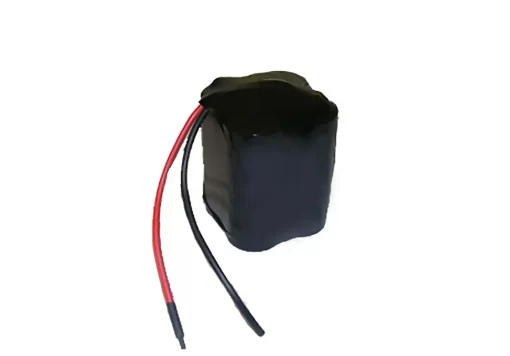
Compact and lightweight, this 12.8V LiFePO4 battery pack is ideal for replacing traditional 12V lead-acid batteries in RVs, solar storage, and backup systems. You get longer cycle life, faster charging, and improved safety.
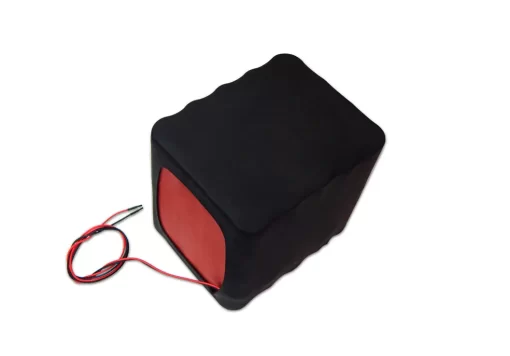
Engineered for high-performance motors and audio systems, the 16V LiFePO4 battery delivers stable voltage output and supports rapid discharge applications while offering excellent thermal stability and extended life cycles.
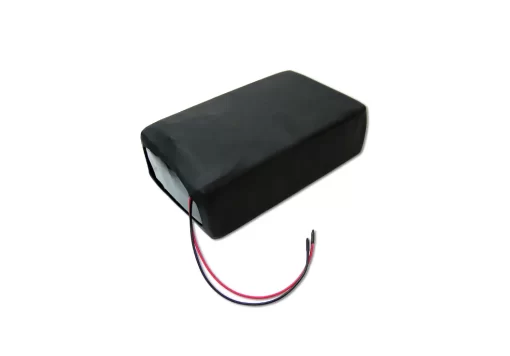
The 19.2V LiFePO4 pack is a reliable power solution for robotics, medical devices, and portable power tools that require a mid-voltage configuration with superior energy efficiency and safety.
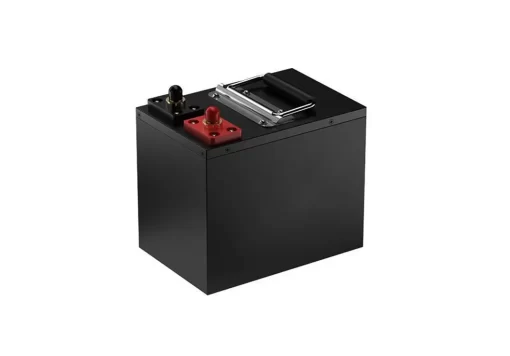
Perfect for energy storage systems, golf carts, and commercial cleaning machines, the 25.6V LiFePO4 battery provides consistent output, high cycle durability, and safer chemistry compared to NCM or lead-acid batteries.
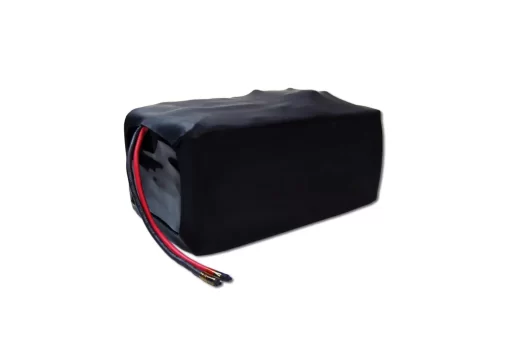
This 38.4V LiFePO4 battery pack is widely used in electric scooters, e-bikes, and power backup systems. It offers high discharge performance, deep cycle capability, and excellent thermal protection for everyday or commercial use.
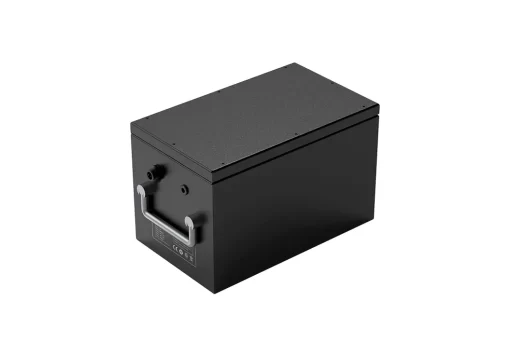
A popular choice for solar energy storage, telecom backup, and industrial machinery, this 51.2V LiFePO4 battery pack ensures stable performance, long cycle life (5000+), and full compliance with global safety standards.
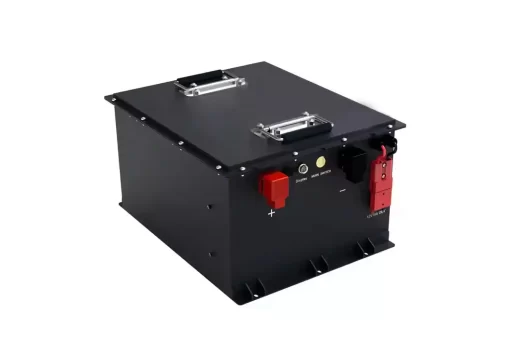
Designed for heavy-duty EVs, off-grid systems, and large-scale robotics, the 76.8V LiFePO4 battery delivers high energy density, advanced BMS control, and exceptional longevity under high load demands.
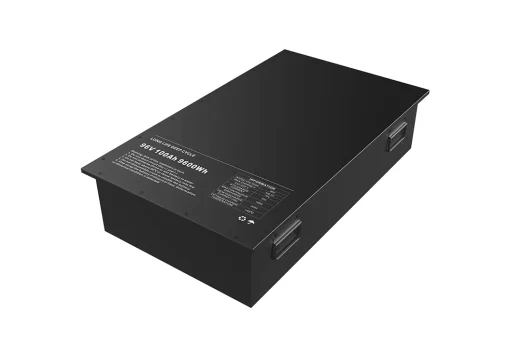
This high-voltage 96V LiFePO4 battery pack is engineered for electric utility vehicles, industrial equipment, and marine applications where voltage stability and safety are critical for system reliability.
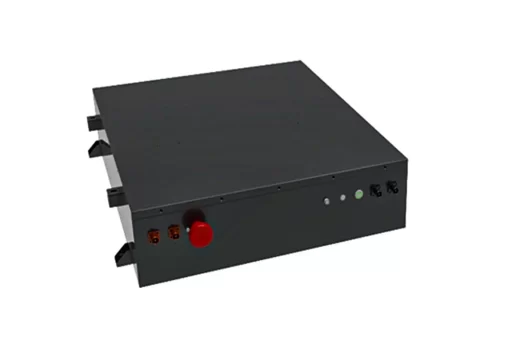
Ideal for large energy storage systems, hybrid vehicles, and commercial ESS projects, this 409.6V LiFePO4 pack offers scalable capacity, robust thermal protection, and compliance with international transport regulations (UN38.3, CE, etc.).
| Feature | Benefit for Your Application |
|---|---|
| ISO 9001:2015 Certified | Ensures each pack meets global standards for safety, traceability, and long-term quality |
| Proven Engineering & Innovation | Patented designs and advanced BMS integration for smarter, more adaptable power |
| Scalable Production | Custom packs delivered on schedule, even for high-volume or time-sensitive projects |
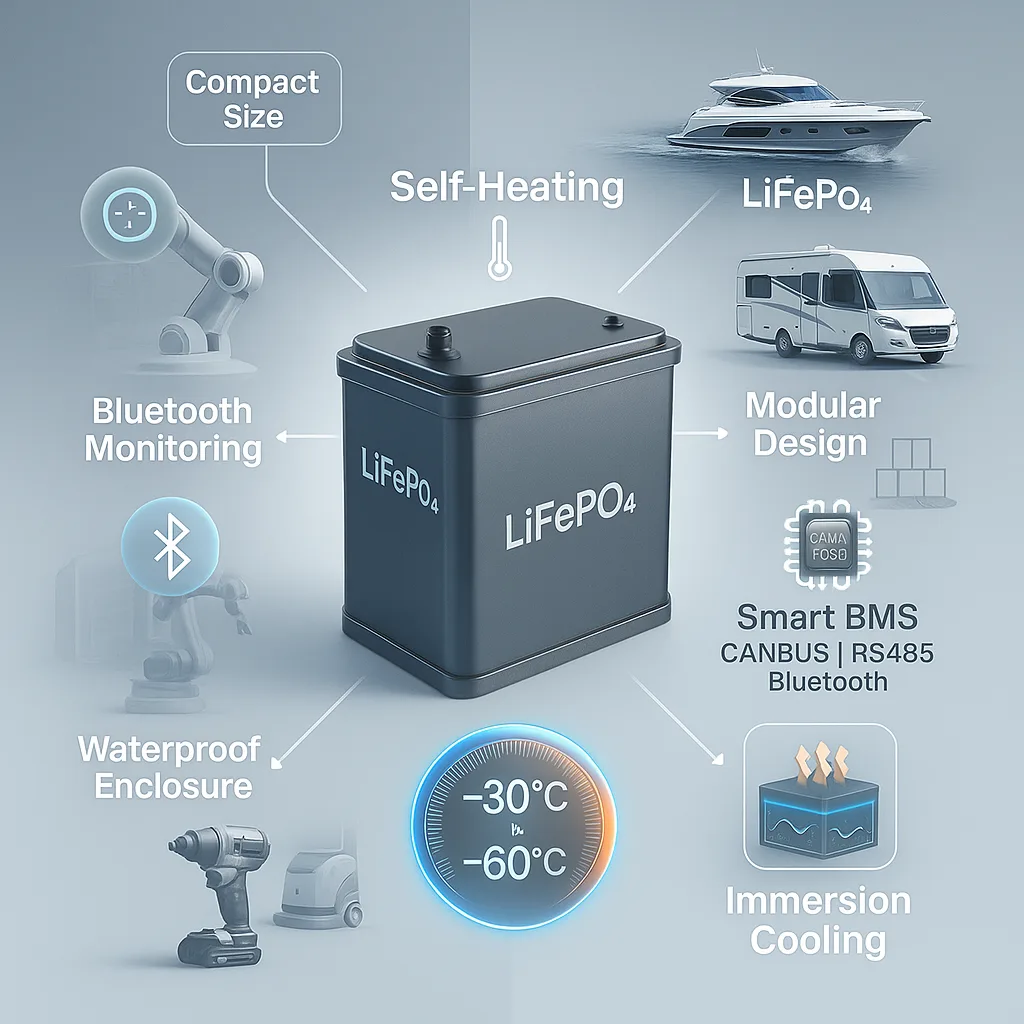
From marine systems and robotics to RV power, floor cleaning equipment, and industrial tools—your project benefits from LiFePO4 packs that combine safety, customization, and longevity.
Available Features You Can Integrate:
Compact Dimensions for space-constrained environments
Self-Heating Capability for cold weather operations
Bluetooth Connectivity for real-time monitoring
Waterproof Enclosure Options for outdoor or mobile use
Modular Architecture for scalable energy storage systems
Built for Extreme Conditions:
Expect stable performance across a wide temperature range—from -30°C to 60°C—with over 5,000+ life cycles under standard operating conditions.
Intelligent Battery Management:
Each pack supports smart BMS options with CANBUS, RS485, and Bluetooth, ensuring smooth integration with your power system, vehicle, or control interface.
Enhanced Safety Through Immersion Cooling:
Looking for thermal control in high-load applications? Proprietary immersion cooling systems help regulate heat, increase energy efficiency, and reduce system risk—so you can power safely under pressure.
You gain higher safety, longer cycle life (2000–5000+), faster charging, and lower lifetime cost. LiFePO4 is also more stable in extreme temperatures and carries no toxic heavy metals.
Your voltage depends on your device’s motor or inverter requirements. For example, 12.8V is ideal for RV and lighting systems, 51.2V for solar storage or telecom, and 409.6V for large energy storage systems and EVs.
Yes, each pack can be customized to work with your inverter or EMS system using CAN, RS485, or UART protocols. Our engineering team ensures BMS compatibility during the design phase.
Most packs are compliant with UN38.3, CE, RoHS, and optionally UL 1642 / 2054 and IEC 62133, depending on your market and application.
With proper use, you can expect 2000–5000+ charge/discharge cycles, depending on depth of discharge and usage conditions.
Yes, custom configurations can be built for series or parallel use. Modular designs are available to support system scalability.
Yes. Waterproof enclosures (IP65–IP67) and self-heating modules for -30°C operation are available upon request.
Absolutely. Packs can be tailored with specific dimensions, terminal types, communication ports, and mounting solutions to meet your hardware needs.
Samples typically take 7–10 working days. Mass production requires 15–25 working days after sample approval, depending on complexity.
Yes. All packs that require international shipping come with UN38.3 test reports, MSDS, and compliant packaging for air, sea, or ground transport.
Choosing the right LiFePO₄ battery supplier is more than just comparing prices. Your battery pack impacts system performance, safety, and long-term maintenance. This guide walks you through key factors to evaluate—so you can source with confidence.
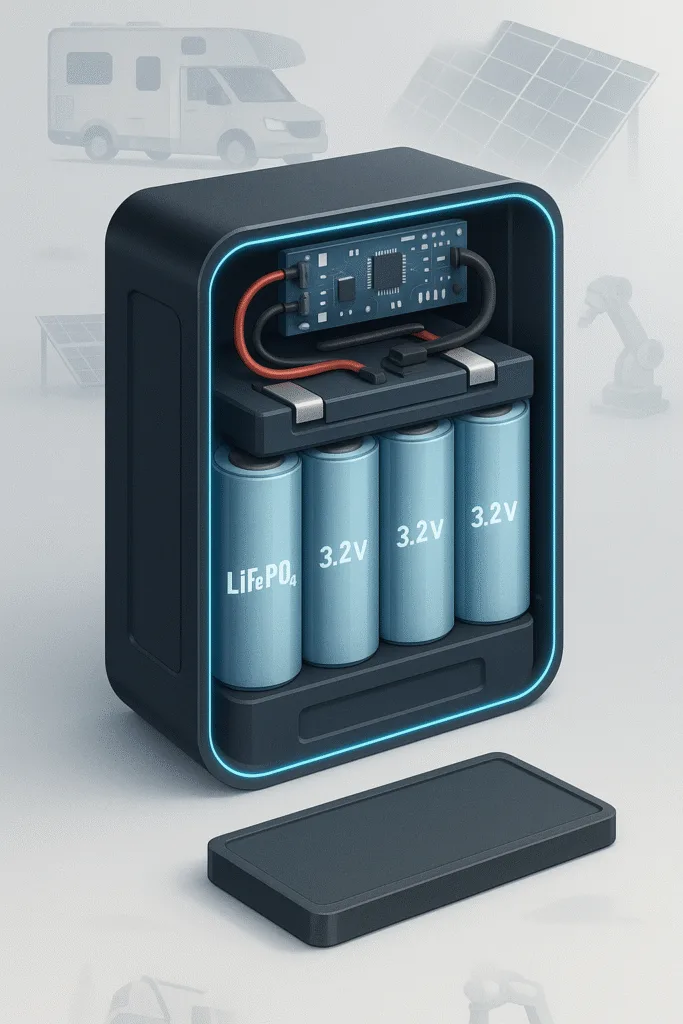
LiFePO₄ battery packs—short for lithium iron phosphate—are advanced lithium-ion batteries designed for applications where safety, long cycle life, and thermal stability are critical. Whether you’re building energy storage systems, electric vehicles, or industrial devices, a LiFePO4 solution offers unmatched reliability for your power system.
Unlike NCM lithium batteries or traditional lead-acid types, LiFePO4 chemistry uses an olivine-structured phosphate cathode that is inherently more stable. This makes it less prone to thermal runaway, voltage decay, or capacity degradation—even under high current discharge or extreme environmental conditions.
Why LiFePO4 Chemistry Supports Your Demanding Applications
You get stable output voltage (3.2V per cell) for consistent system performance
You benefit from 2,000 to 5,000+ charge/discharge cycles, reducing replacement frequency
You avoid overheating and explosion risks common in other lithium chemistries
You meet international compliance needs with UN38.3, CE, RoHS, and more
You reduce total cost of ownership through longer service life and higher efficiency
LiFePO₄ battery packs are particularly well-suited for solar energy systems, electric mobility, telecom, and robotic automation—anywhere long lifespan, safety, and low maintenance are key requirements.
If your project needs a battery system that stays cool, lasts long, and handles high loads without failure, then LiFePO4 is the chemistry engineered to keep your business running.
Understanding how a LiFePO₄ battery functions helps you make smarter design and sourcing decisions. When you select a battery for your application—whether it’s for electric vehicles, solar storage, or robotics—you need to know what’s inside and how it delivers power safely and efficiently.
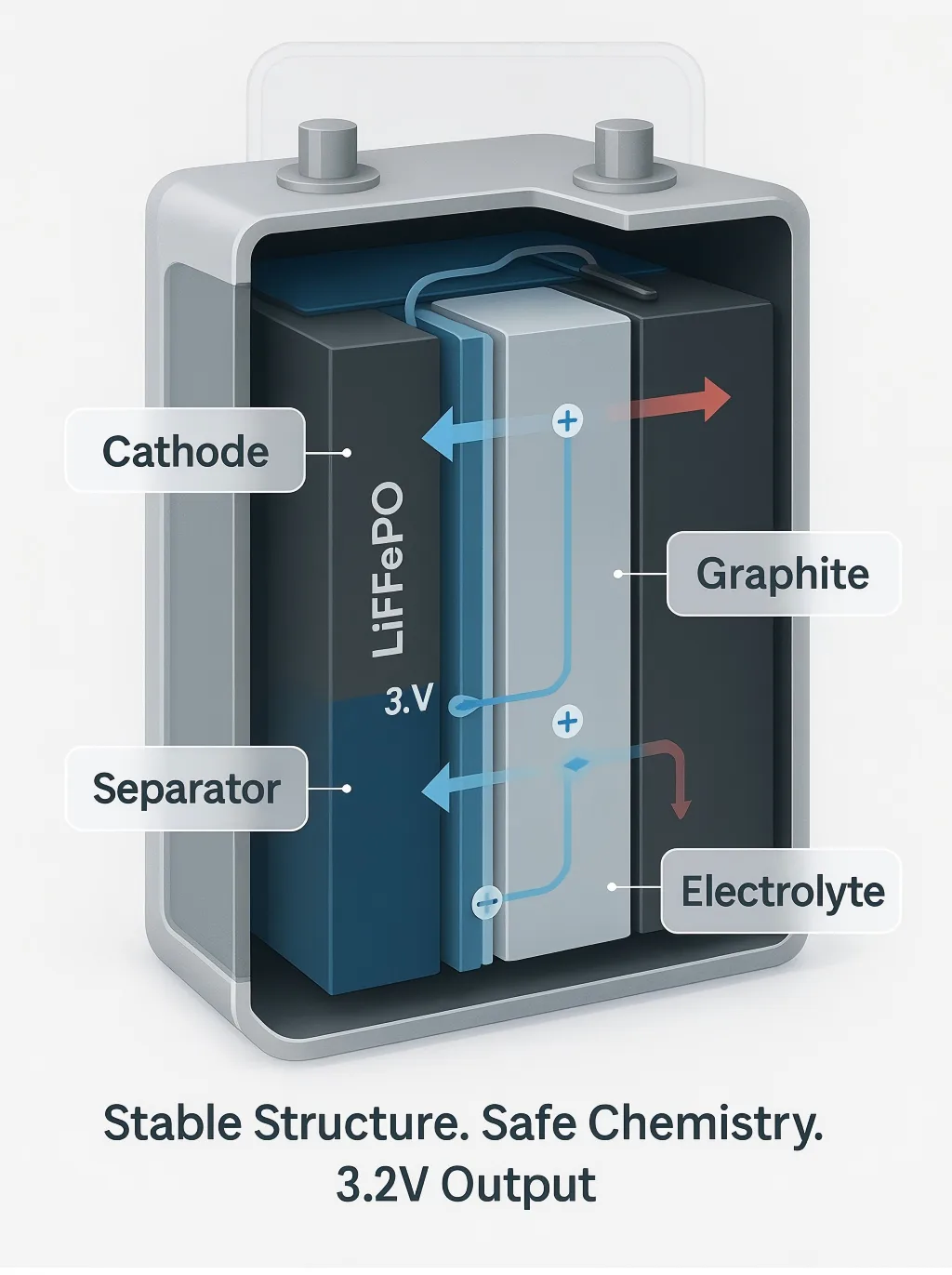 The Core Structure of a LiFePO4 Cell
The Core Structure of a LiFePO4 Cell
Each LiFePO₄ battery cell is built around four essential components, working together in a highly stable and efficient electrochemical system:
Cathode (Positive Electrode): Lithium iron phosphate (LiFePO4)
Anode (Negative Electrode): Graphite carbon
Electrolyte: Lithium salt dissolved in organic solvent
Separator: Microporous polymer film that prevents short-circuits
These materials are layered and wound or stacked to form cylindrical, prismatic, or pouch cells. The most common form for B2B use is the prismatic or cylindrical format, typically rated at 3.2V nominal voltage.
Operating Principle: From Energy Storage to Power Output
Here’s how your LiFePO₄ battery works at a chemical level:
During Discharge:
Lithium ions move from the anode to the cathode through the electrolyte. At the same time, electrons flow through your device’s external circuit, providing usable electric power.
During Charge:
Lithium ions flow in the reverse direction—from cathode back to anode—restoring the battery’s energy.
This intercalation process is highly stable, which is why you get consistent voltage, low self-discharge, and thousands of cycles without severe degradation.
The stable crystal structure of LiFePO₄ ensures that the battery does not suffer from structural collapse or oxygen release—two common causes of overheating in other lithium chemistries. That means your system stays safer, especially in high-demand environments like EVs, industrial equipment, or energy storage units.
Whether you’re specifying cells for compact mobility devices or large-scale battery banks, knowing the working principle helps you communicate better with engineers and prevent mismatched component choices.
When evaluating a LiFePO₄ battery pack for your application, understanding the core specifications allows you to plan for system integration, safety requirements, and performance targets. Whether you’re building energy storage systems, robotic platforms, or mobile equipment, knowing what to expect from your battery helps reduce design errors and ensures long-term reliability.
Unlike traditional lead-acid batteries or high-density but thermally sensitive NCM packs, LiFePO₄ battery packs deliver highly consistent performance across key metrics—including cycle life, temperature tolerance, and voltage stability.
| Specification | Typical Value | Description |
|---|---|---|
| Nominal Voltage | 3.2V per cell / 12.8V–409.6V per pack | Standard operating voltage depending on configuration |
| Cycle Life | 2000–5000+ cycles | At 80% DOD under standard charge/discharge |
| Energy Density | 90–160 Wh/kg | Lower than NCM but more stable and longer lasting |
| Continuous Discharge Rate | 0.5C to 3C | Customizable based on load type (e.g., motor, inverter) |
| Operating Temperature | -20°C to 60°C | Wide range; self-heating optional for low-temp use |
| Storage Temperature | -10°C to 45°C | Recommended for long-term storage and shipment |
| Charging Voltage | 3.65V per cell | Standard CV charging cut-off voltage |
| Self-Discharge Rate | <3% per month | Low standby loss, ideal for backup systems |
| Safety Features | Smart BMS, thermal/voltage protection | Supports CAN, RS485, Bluetooth, waterproof casing |
By selecting a LiFePO₄ battery with the right discharge rate, temperature range, and cycle performance, you reduce the risk of early failure or system mismatch. For example, high C-rate packs are ideal for motor-driven devices, while high-cycle versions are better for daily-use solar storage systems.
Choosing the right battery pack isn’t just about capacity—it’s about ensuring your power source aligns with your load demands, environment, and lifecycle goals.
When choosing a LiFePO₄ battery pack, voltage configuration is not just a number—it determines how well your system performs in terms of current draw, power delivery, and hardware compatibility. Whether you’re designing for low-voltage electronics or high-voltage mobility systems, selecting the right voltage tier helps you avoid overload, inefficiency, or integration failures.
LiFePO₄ packs can be scaled from compact 12.8V modules to high-voltage 400V+ systems. Each configuration is engineered to meet a specific load profile, use case, and safety requirement.
| Pack Voltage | Application Example | System Benefit |
|---|---|---|
| 12.8V (4S) | LED lighting, fish finders, UPS backup, small solar | Compact, portable, easy to integrate |
| 16V | Audio systems, mobile electronics | Higher headroom over 12V without stepping into 24V territory |
| 25.6V (8S) | Floor scrubbers, small e-mobility devices | Efficient for mid-power motor drives |
| 38.4V / 36V | AGVs, e-scooters, portable medical equipment | Balances performance and weight |
| 51.2V / 48V | Residential solar ESS, golf carts, telecom backup | Standard for off-grid and inverter systems |
| 76.8V / 72V | Electric motorcycles, forklifts | Delivers stronger torque and motor efficiency |
| 96V | Heavy industrial carts, rail systems | Supports high-load applications with thermal headroom |
| 409.6V | Electric buses, marine propulsion, high-voltage storage | Scalable for EV-grade systems with strict energy density targets |
If you’re unsure what voltage best fits your system, start by evaluating your motor/controller specs, inverter compatibility, or charging circuit limits. LiFePO₄ battery systems are modular, so custom voltage levels can be engineered to match your ideal performance-to-weight ratio—without sacrificing safety or longevity.
LiFePO₄ chemistry is inherently stable, but that doesn’t mean it should be used without intelligent protection. For your battery system to deliver safe, long-lasting, and consistent performance, a well-designed BMS (Battery Management System) is absolutely essential.
Whether you’re powering critical medical devices, off-grid solar banks, or electric mobility platforms, the BMS is your first line of defense against overcharge, over-discharge, overheating, and cell imbalance.
| Protection / Control Feature | Function | Why It Matters |
|---|---|---|
| Overcharge Protection | Cuts off charging if voltage exceeds 3.65V/cell | Prevents gas generation, swelling, or failure |
| Over-Discharge Protection | Disconnects load if voltage drops too low | Avoids deep damage and capacity loss |
| Cell Balancing | Equalizes voltage between cells during charge | Extends cycle life and ensures safe pack behavior |
| Temperature Monitoring | Uses NTC sensors to cut off at high or low temps | Prevents thermal runaway and boosts lifespan |
| Short Circuit & Overcurrent Protection | Interrupts output if excessive current is detected | Protects wiring, devices, and prevents pack fire |
| Communication Interface | CAN, RS485, or Bluetooth connectivity | Real-time data logging, diagnostics, and control |
Why This Matters for Your System
Without an intelligent BMS, even a top-grade LiFePO₄ cell can be degraded or destroyed. If your project requires high-current draw, fast charging, or wide temperature operation, the BMS must be precisely matched to your application. A poorly matched or generic protection board can lead to early failure—or worse, safety risks.
If you’re sourcing LiFePO₄ battery packs for commercial deployment, always confirm whether the pack includes:
Active or passive balancing
Hardware-fused protection
Programmable protocols (for CAN integration)
Waterproof, dustproof protection (IP65+)
Choosing the right battery chemistry is crucial to your project’s performance, cost-efficiency, and long-term safety. LiFePO₄ (LFP), Lead-Acid, and NCM (Lithium Nickel Cobalt Manganese) all offer unique advantages—but only one might truly fit your application.
Below is a side-by-side comparison to help you understand how these technologies differ in real-world use.
| Attribute | LiFePO₄ (LFP) | Lead-Acid | NCM |
|---|---|---|---|
| Cycle Life (80% DOD) | 2000–5000+ | 300–500 | 800–1500 |
| Energy Density | 90–160 Wh/kg | 30–50 Wh/kg | 150–250 Wh/kg |
| Safety | Very stable, no thermal runaway | Low, but can leak acid | Less stable, risk of thermal runaway |
| Temperature Range | -20°C to 60°C | -10°C to 40°C | 0°C to 45°C |
| Maintenance | None | Requires periodic refill/check | None |
| Charging Time | 2–3 hours | 8–12 hours | 1–2 hours |
| Initial Cost | Medium | Low | High |
| Total Cost of Ownership | Lowest | High (due to short life) | Medium |
| Recyclability | Moderate | High | Low |
Application Guidance
Choose LiFePO₄ when your project needs long life, stable temperature operation, and safety-first usage—like solar energy storage, EVs, or telecom.
Choose Lead-Acid only for short-term, low-cost needs where space, weight, and cycle life are not critical—like backup lighting or forklifts.
Choose NCM when you need compact size and high energy density, but can manage thermal protection risks—such as drones or compact e-scooters.
When exporting LiFePO4 battery packs internationally, compliance is more than a legal checkbox—it determines whether your shipment clears customs, whether your product can be sold in a given region, and whether your business avoids costly delays or legal risks.
To ensure smooth delivery and meet regulatory requirements in different markets, your LiFePO₄ battery must pass both transport safety tests and market access certifications.
| Certification | Region | Purpose | Applies to |
|---|---|---|---|
| UN38.3 | Global (mandatory for air/sea shipping) | Ensures transport safety under vibration, shock, thermal, and altitude tests | All lithium battery shipments |
| CE (EN 62133-2) | European Union | Confirms electrical safety and EMC compatibility | Batteries sold in the EU |
| UKCA | United Kingdom | UK’s version of CE post-Brexit | Batteries sold in the UK |
| UL 1642 / UL 2054 | United States | Ensures product safety for end-use and system-level testing | Consumer & industrial products in North America |
| IEC 62133 | Global (especially Asia, EU) | Safety of portable lithium batteries | IT, medical, consumer electronics |
| RoHS | EU / Global | Restricts hazardous substances (e.g., lead, mercury) | All electronics sold in EU markets |
| MSDS / SDS | Global | Provides material safety info to carriers, warehouses | All battery shipments |
Tips for Buyers & Importers
Not every application can be powered by off-the-shelf batteries. When your equipment has unique voltage, size, or communication needs, a custom-engineered LiFePO₄ pack ensures seamless integration, optimal performance, and long-term safety.
From technical consultation to prototype delivery, here’s how we help you go from idea to tested LiFePO₄ battery solution.
| Stage | Description | Buyer Action |
|---|---|---|
| 1. Requirements Gathering | Discuss voltage, current, size, runtime, communication, IP rating, etc. | Share system specs, load profile, space constraints |
| 2. Engineering Feasibility | Analyze compatibility, suggest cell configuration and BMS logic | Review and confirm technical proposal |
| 3. Design & 3D Modeling | Create CAD/3D battery layout with connector locations, thermal paths | Approve final layout and design files |
| 4. Sample Production | Build functional sample using chosen cells, BMS, and shell materials | Test under real conditions and offer feedback |
| 5. Performance Testing | Run capacity, short-circuit, overcharge, balance and temp cycle tests | Request additional tests or certifications if needed |
| 6. Batch Production | Begin mass production with full QC protocol and traceability | Approve pilot run and arrange logistics |
| 7. Ongoing Support | Provide technical documents, warranty, and failure diagnostics | Communicate for future updates or replacements |
What Makes a Good Custom Project?
Investing in proper planning at the start prevents costly redesigns later. If your application is high-risk or high-value, don’t settle for generic power.
Thanks to their higher energy density, longer cycle life, and better heat control, 21700 battery packs are widely used across industries that demand both performance and reliability. From mobility and logistics to industrial automation, here are the most common B2B application areas:
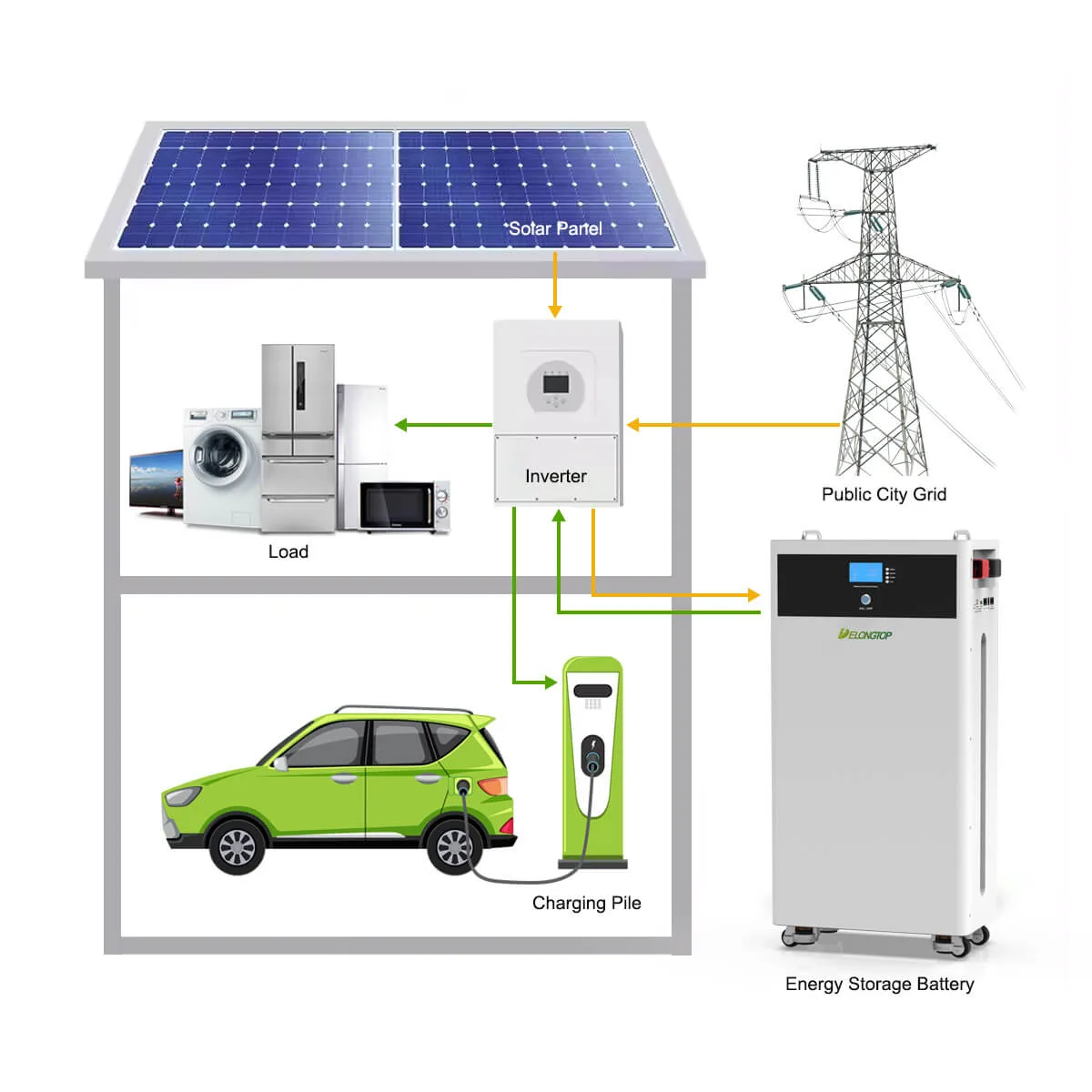
LiFePO₄ batteries are ideal for solar and renewable energy systems that demand stable, long-lasting energy storage. With deep-cycle performance, low self-discharge, and over 4000 life cycles, they ensure reliable power day and night. Perfect for residential, commercial, and off-grid solar setups.
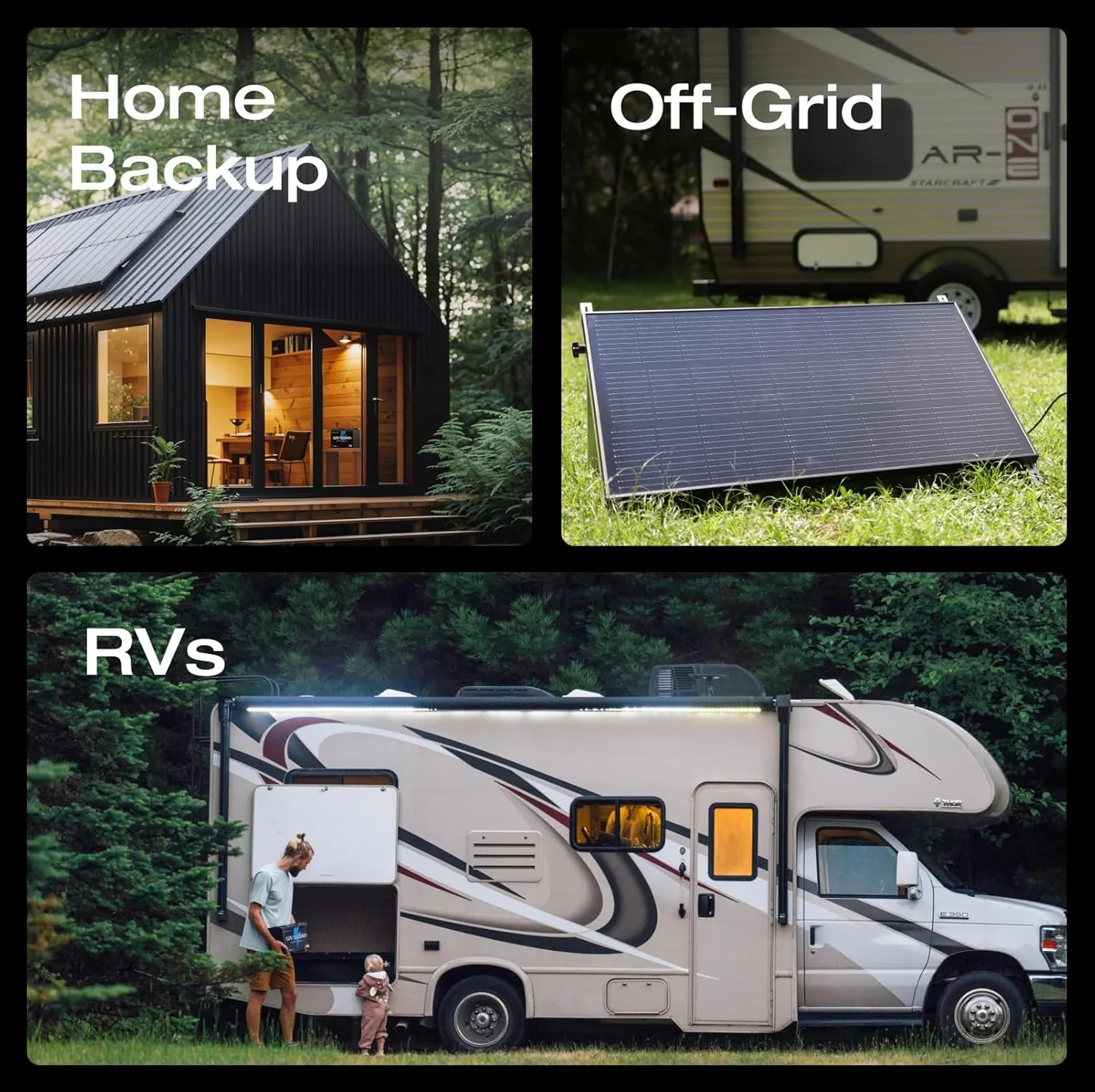
For RVs, camper vans, and expedition vehicles, LiFePO₄ provides lightweight, vibration-resistant power with high energy density and no off-gassing. Compared to lead-acid, these batteries charge faster, last longer, and are safer to install in living quarters or tight enclosures.
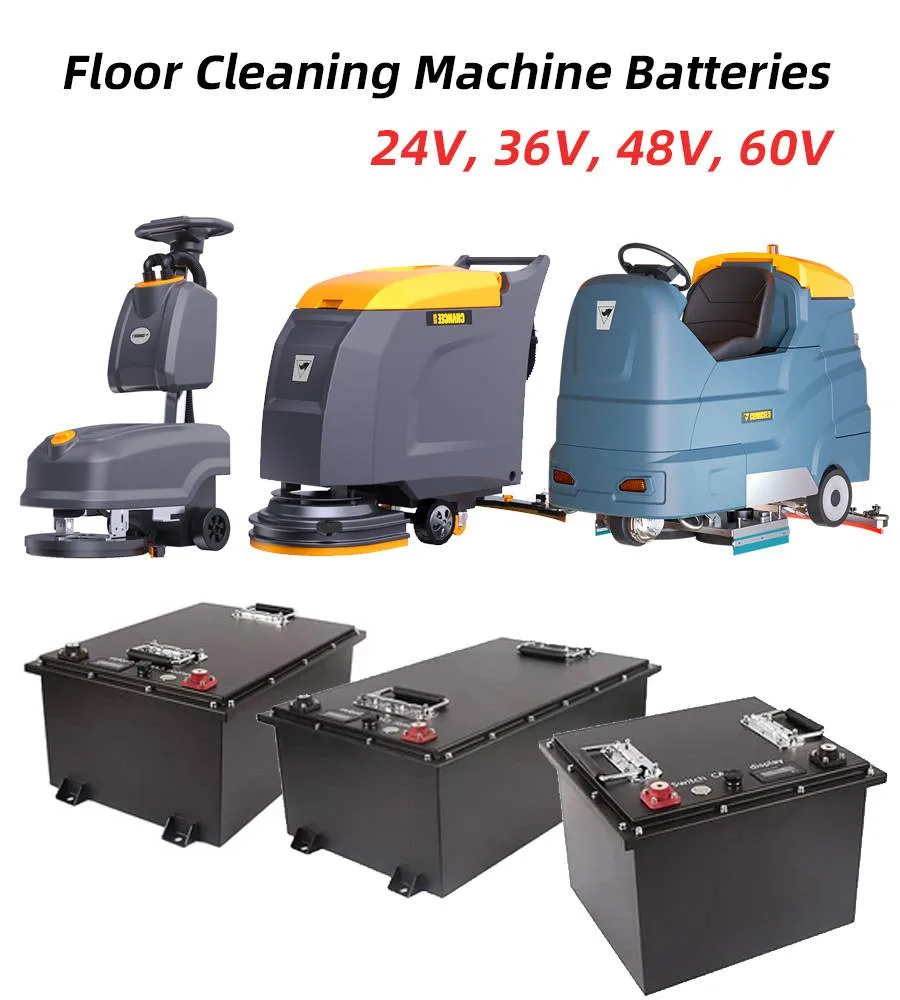
Used in industrial floor scrubbers and sweepers, LiFePO₄ batteries deliver high-discharge capability and consistent performance across full shifts. Their fast charging, long cycle life, and reduced maintenance make them ideal for logistics, airports, malls, and factory cleaning systems.
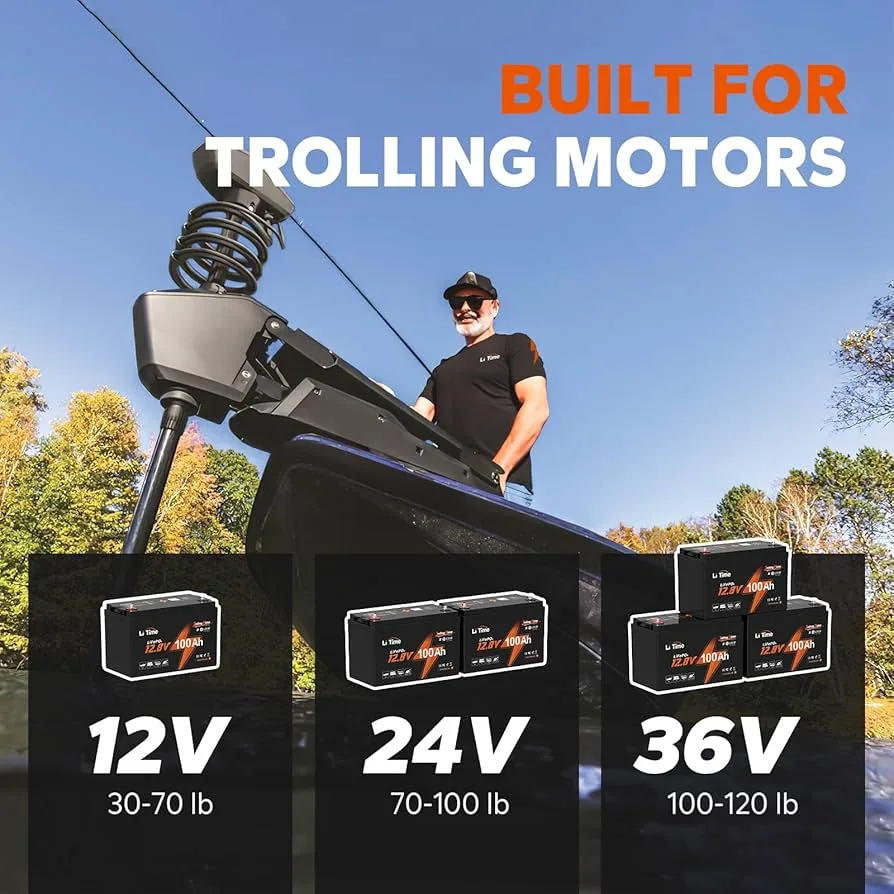
Marine environments require batteries that are lightweight, corrosion-resistant, and safe from overheating. LiFePO₄ packs are perfect for trolling motors, fishing boats, and yachts due to their long runtime, sealed construction, and resistance to humidity and salt.

Automated Guided Vehicles (AGVs) and industrial robots demand compact, durable, and smart battery systems. LiFePO₄ supports high charge/discharge cycles, rapid switching, and BMS protocols like CAN and RS485—ensuring reliable uptime in automated logistics and warehouse environments.
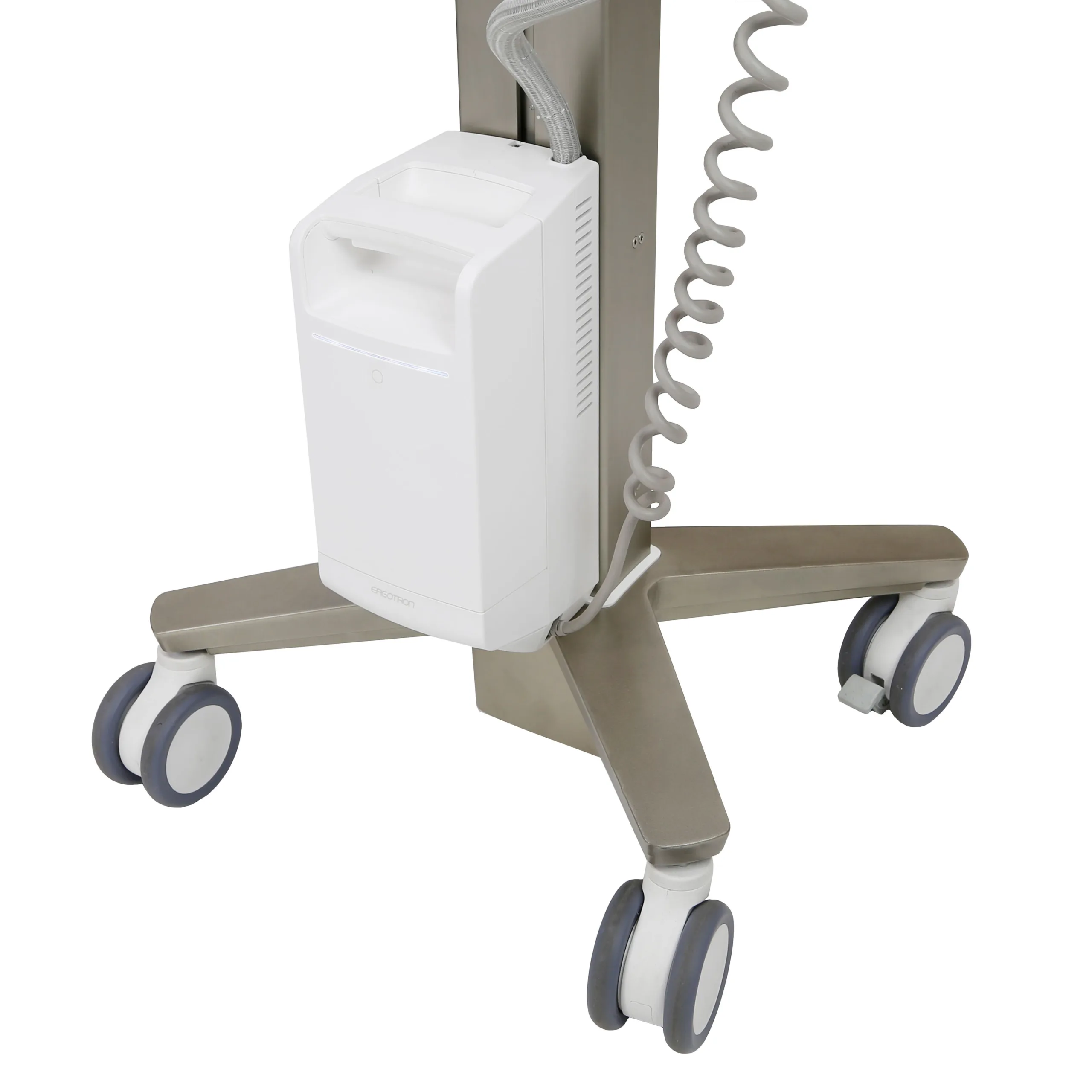
LiFePO₄ technology is widely used in portable and emergency medical equipment due to its high safety profile, no thermal runaway risk, and long standby life. Ideal for ventilators, defibrillators, and power backup for mobile medical carts.
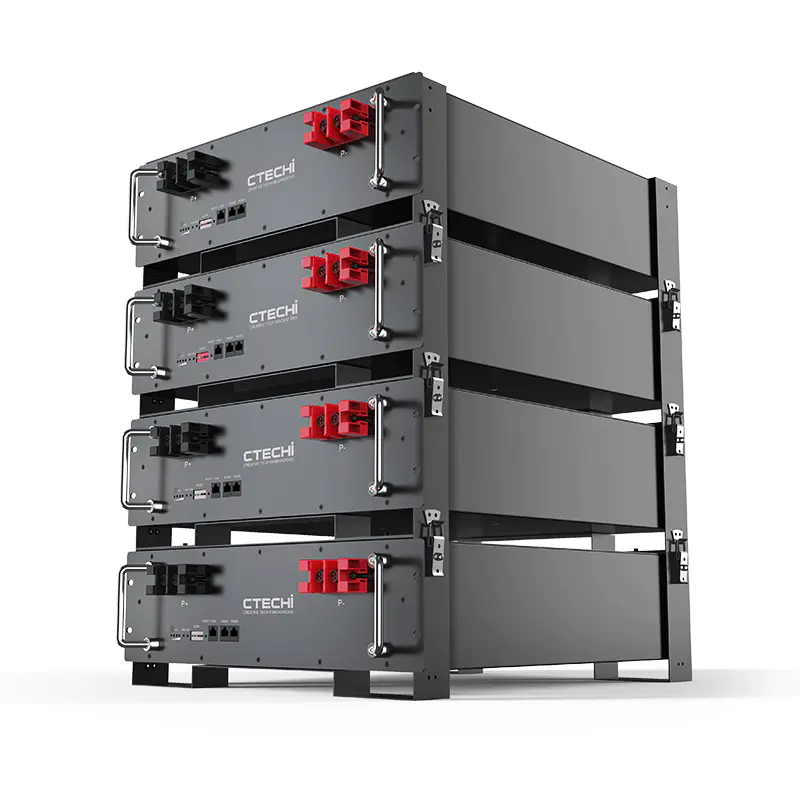
LiFePO₄ batteries provide uninterrupted backup for telecom towers, base stations, and off-grid communication hubs. Their long calendar life, low self-discharge, and wide temperature range make them ideal for mission-critical power assurance—even in remote or extreme environments.
Choosing the right supplier is critical when sourcing custom LiFePO₄ battery packs. The wrong partner can lead to safety issues, certification failures, or unexpected delays. The following factors will help you evaluate a supplier’s technical capability and reliability.
1. Battery Cell Quality and Origin
Start by confirming what brand of cells the supplier uses. Only accept Grade A LiFePO₄ cells from proven sources. Reputable manufacturers include CATL, EVE, Lishen, and BYD. Ask for sourcing documentation and batch-level test data to ensure consistency.
With high-quality cells, you reduce risks such as swelling, voltage drop, or reduced cycle life over time.
2. Engineering and Customization Support
If your project has unique voltage, size, or output requirements, the supplier should be able to offer design consultation, CAD drawings, and system integration support. That includes adjusting the number of cells, communication protocols, casing, and cooling.
A supplier with in-house engineering reduces your time to market and ensures compatibility from the first prototype.
3. Battery Management System (BMS) Capabilities
Make sure your supplier provides a BMS that supports key protection features such as overcharge, short-circuit, temperature monitoring, and balancing. Advanced suppliers can customize BMS firmware to match your equipment and offer CAN, RS485, or Bluetooth support.
A robust BMS design helps prevent damage and makes your final product smarter, safer, and easier to monitor.
4. Certification and Compliance Support
If your battery packs are used in commercial or export products, certifications are essential. Ask the supplier if they can provide documentation for standards such as UN38.3 for transport safety, CE for European compliance, and UL for North American safety.
Reliable compliance helps you pass audits, reduce risk during transport, and sell in regulated markets without barriers.
5. Quality Control and Final Testing
Professional manufacturers will perform incoming cell inspection, battery assembly testing, aging tests, and final pre-shipment checks. Testing should cover real-world performance such as voltage consistency, charge/discharge cycles, and thermal protection.
Strict quality control means your battery packs will perform reliably under real conditions with fewer service issues.
6. Production Capability and Lead Time
Understand the supplier’s monthly capacity, production workflow, and whether they can handle urgent or high-volume orders. Ask how long it takes from sampling to mass production, and whether they offer flexibility if designs need adjustments.
A well-equipped supplier ensures stable delivery without production delays that could impact your supply chain.
7. After-Sales and Technical Support
A good supplier should offer a warranty with clear terms, respond quickly to technical questions, and provide support for diagnostics or firmware issues. Some also offer field troubleshooting or remote monitoring for BMS-enabled packs.
Strong post-sales service protects your reputation and builds trust with your own clients.
8. Packaging, Shipping, and Documentation
Lithium batteries require certified packaging and handling. Choose a supplier experienced with Dangerous Goods (DG) logistics. They should provide MSDS, UN38.3, and commercial invoices with correct labeling to pass customs checks.
Logistics readiness means your batteries arrive safely and on time, reducing cost and compliance risks.
A LiFePO₄ battery is only as good as the supplier behind it. By focusing on cell quality, engineering strength, safety certifications, and supply chain support, you ensure that your project stays on track—technically, legally, and commercially.
When you work with a supplier who understands battery architecture, compliance regulations, and global logistics, you reduce risk and gain long-term value. From custom BMS integration to certified transport packaging, every detail counts.
If your application demands high-performance, durable, and safe LiFePO₄ battery solutions, choose a partner who treats engineering and reliability as a priority—not just a promise.
Want to start a custom battery project? Let’s talk. Our team is ready to support your product with end-to-end expertise.
With more than a decade of experience, Junda delivers precision-engineered lithium battery packs tailored for your unique applications. Here’s what makes us a trusted partner for global B2B clients:

At Junda, our engineering team is led by a senior battery architect with 15+ years of hands-on experience at CATL, BYD, and other industry leaders. Backed by a cross-functional team of 6 engineers, we provide full-cycle development from design and simulation to testing and certification. We’ve completed over 1,000 custom battery pack projects across sectors like eMobility, energy storage, medical devices, and industrial tools—always focusing on safety, reliability, and performance.

Junda operates under a strict ISO 9001:2015-certified quality management system, overseen by our QA director and implemented across every department. From incoming cell inspection to final pack aging tests, every step is digitally tracked and traceable. Our system ensures stable supply chain sourcing, controlled assembly processes, and compliance with industry benchmarks such as UN38.3, CE, and IEC 62133.

Junda’s battery pack assembly process integrates mechanical, electrical, and thermal design tailored to your use case. Our capabilities include IP67/IP68 waterproof housing, high-discharge BMS systems, CAN/RS485 communication protocols, and reinforced designs for vibration or extreme environments. We conduct cell sorting, welding, insulation, balancing, and aging tests in-house to ensure consistent performance and longevity.

From your first inquiry to final delivery, we provide responsive, multilingual support backed by a dedicated sales and engineering team. We guide clients through technical evaluation, prototyping, compliance, and logistics—ensuring a transparent, stress-free experience. Whether you need an urgent sample or a long-term OEM solution, we’re here to make your battery development process efficient and reliable.
Share your voltage, size, application, and quantity needs—we’ll assess your project quickly.
Our engineers will optimize the design, confirm details, and provide samples if needed.
Once approved, we start production and arrange fast, secure shipping to your destination.
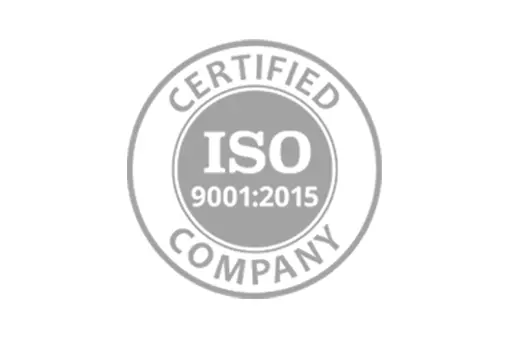

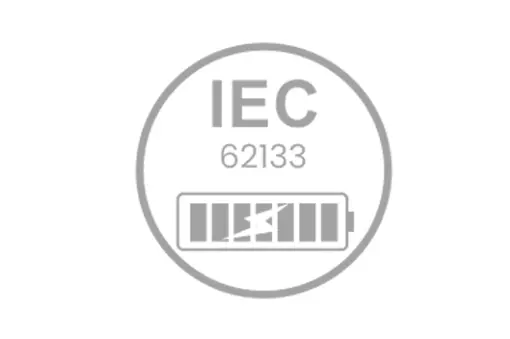




Need a custom lithium battery pack? Just send us your specs—we’ll help you choose the right voltage, case, and configuration for your application.
At JUNDA, we make customization easy. Follow these 3 simple steps to start today:
Send your battery requirements — voltage, capacity, casing type, or upload drawings/photos.
We’ll evaluate your specs and recommend the best configuration. A detailed quote will be sent within 24 hours.
After approval and deposit, we start production. Shipping and tracking will be arranged for fast, secure delivery.
Custom Battery Packs Manufacturer
Typically replies within minutes
Hello, This is Pauline from Junda Battery. How can I assist you today?
WhatsApp Us
Online | Privacy policy